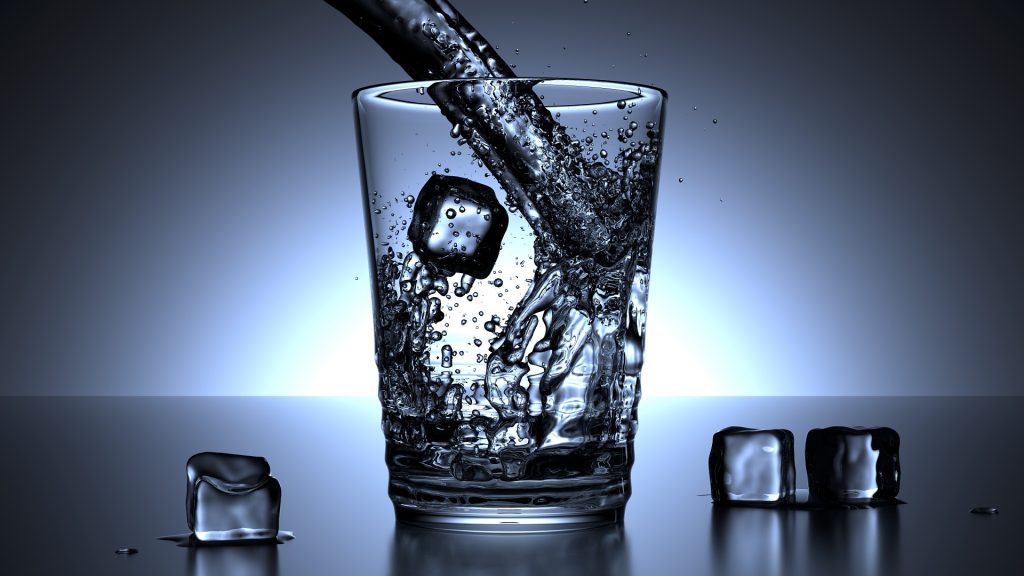Nov . 04, 2024 12:55 Back to list
Reliable Manufacturer of PPR Hot Water Pipes for Efficient Plumbing Solutions
The Benefits of PPR Hot Water Pipes A Comprehensive Overview for Manufacturers
In the world of plumbing and piping solutions, the demand for reliable, durable, and efficient piping systems has never been higher. Among various materials available, Polypropylene Random Copolymer (PPR) has emerged as a preferred choice for hot water applications. This article delves into the advantages of PPR hot water pipes, their manufacturing process, and their growing acceptance in various industries.
What is PPR?
Polypropylene Random Copolymer (PPR) is a type of thermoplastic polymer that exhibits excellent strength and stability. PPR is known for its high resistance to temperature and pressure, making it an ideal choice for hot water piping systems. Unlike traditional materials such as steel or PVC, PPR is lightweight, flexible, and resistant to corrosion, which significantly enhances its longevity and efficiency in plumbing systems.
Advantages of PPR Hot Water Pipes
1. Temperature Resistance PPR pipes can withstand temperatures up to 95°C (203°F) without compromising their structural integrity. This makes them particularly suitable for hot water supply systems in residential and commercial buildings.
2. Corrosion Resistance Unlike metal pipes, PPR does not corrode over time. This property ensures a longer lifespan and less maintenance, reducing overall costs for both manufacturers and end-users.
3. Low Thermal Conductivity PPR's low thermal conductivity minimizes heat loss during the transport of hot water, resulting in improved energy efficiency. This characteristic is not only cost-effective but also environmentally friendly.
4. Ease of Installation PPR pipes are lightweight and easy to handle, which simplifies the installation process. They can be joined using a fusion welding method, creating a seamless connection that enhances the integrity of the piping system.
5. Chemical Resistance PPR pipes are resistant to a wide range of chemicals, making them suitable for various applications beyond hot water transport, including the conveyance of chemicals in industrial settings.
ppr hot water pipe manufacturer

6. Cost-Effectiveness While the initial investment in PPR piping might be slightly higher than that of conventional materials, the long-term savings in maintenance and durability make PPR a more economical choice in the long run.
The Manufacturing Process
The manufacturing of PPR hot water pipes involves several critical steps to ensure quality and adherence to industry standards. Initially, high-grade polypropylene resin is sourced and then subjected to a polymerization process to create the random copolymer. Next, the melt-extrusion method is used to form the resin into pipes of varying diameters. Quality control is integral at every stage, with tests performed to measure tensile strength, thermal resistance, and flexibility.
Manufacturers must comply with international standards such as ISO 15874 and ASTM D2846, which dictate the specifications for PPR piping systems. This compliance not only ensures product reliability but also enhances the manufacturer's reputation in the market.
Market Trends and Future Prospects
The global demand for PPR hot water pipes is on the rise, driven by urbanization, increasing construction activities, and greater awareness of plumbing efficiency. With a shift towards sustainable building practices, PPR pipes, with their long lifecycle and recyclability, are expected to play a significant role in the future of plumbing.
Furthermore, technological advancements in manufacturing and an increase in R&D investments are likely to yield improved PPR formulations that offer even greater performance characteristics. As the market continues to evolve, manufacturers who focus on innovation and quality assurance will find themselves at the forefront of this burgeoning industry.
Conclusion
PPR hot water pipes represent a significant advancement in plumbing technology, offering numerous benefits that make them an ideal choice for today's construction needs. With their durability, efficiency, and eco-friendly properties, PPR pipes are reshaping the landscape of plumbing solutions, promising a reliable future both for manufacturers and consumers alike. As demand grows, the industry is poised for exciting developments that will further cement the role of PPR in hot water systems worldwide.
-
High-Quality PVC Borehole Pipes Durable & Versatile Pipe Solutions
NewsJul.08,2025
-
High-Quality PVC Perforated Pipes for Efficient Drainage Leading Manufacturers & Factories
NewsJul.08,2025
-
High-Quality PVC Borehole Pipes Durable Pipe Solutions by Leading Manufacturer
NewsJul.08,2025
-
High-Quality PVC Borehole Pipes Reliable PVC Pipe Manufacturer Solutions
NewsJul.07,2025
-
High-Quality UPVC Drain Pipes Durable HDPE & Drain Pipe Solutions
NewsJul.07,2025
-
High-Quality Conduit Pipes & HDPE Conduit Fittings Manufacturer Reliable Factory Supply
NewsJul.06,2025

